Utilizing Composites of Environmental Noxious Waste Materials for Decontamination of Heavy Metal Ions in Solution
DOI: 10.23977/compne.2023.020101 | Downloads: 14 | Views: 780
Author(s)
Cyprian Y. Abasi 1, Oyatemen Ebiyegbagha 1, Jackson Godwin 1
Affiliation(s)
1 Department of Chemical Sciences, Niger Delta University, Wilberforce Island, Bayelsa State, Nigeria
Corresponding Author
Cyprian Y. AbasiABSTRACT
Heavy metals, sawdust and waste plastic bottles are pollutants which are threats to the environment and by extension to humans, animals and plants. Composites of waste plastic bottles and sawdust in different ratios (3:1, 6:1 and 12:1) were used to adsorb iron (III) and lead (II) from aqueous solution. Batch adsorption was used to determine the kinetics and equilibrium of the adsorption. Atomic absorption spectrometry (AAS) was used to determine the concentrations of the metals in pre and post adsorption. FTIR was used to characterize the composite adsorbents; the results showed peaks for OH (3291.2, 3336.0, 3406.8 and 3652.8cm-1) and CO (1714.6cm-1) which influence adsorption. Pseudo second order (PSO) and Weber-Morris intraparticle diffusion models were studied and experimental data largely favoured pseudo second order kinetic model; while intraparticle diffusion was dominant for the 12:1 ratio for Pb as shown by the higher R2 value (0.921). For equilibrium studies, experimental data fitted Langmuir more than the Freundlich. Percentage adsorption of more than 90% was achieved for both metals at initial concentrations as high as 50ppm for iron and 100ppm for lead. It was also observed that the percentage adsorption of lead was more than that of iron. The results of the equilibrium and kinetic studies showed that the different ratios of waste PET plastic bottles to sawdust are potential adsorbents for iron and lead from aqueous phase.
KEYWORDS
Composite, PET, waste plastic bottles, sawdust, heavy metals, kinetics, isothermCITE THIS PAPER
Cyprian Y. Abasi, Oyatemen Ebiyegbagha, Jackson Godwin, Utilizing Composites of Environmental Noxious Waste Materials for Decontamination of Heavy Metal Ions in Solution. Composites and Nano Engineering (2023) Vol. 2: 1-18. DOI: http://dx.doi.org/10.23977/compne.2023.020101.
REFERENCES
[1] Rashmi, V and Pratima, D. (2013). Heavy metal pollution-A case study. Recent Research in Science and Technology. 5 (5), 98-99.
[2] Gunatilake, S. K. (2015). Methods of removing heavy metals from industrial wastewater. Journal of Multidisciplinary Engineering Science Studies (JMESS), 1, (1), 12-18.
[3] Ghadah, M. A. and Foziah F. A. (2018). Study on adsorption of Cu and Ba from aqueous solutions using nanoparticles of origanum (OR) and lavandula (LV). Hindawi, (11), 1-8
[4] AL-Ajaj, I. A. and AL-Obaidi, M. F. (2015). Effect of sawdust wood on some mechanical properties of recycled polyethylene terephthalate (RPET). International Journal of Current Engineering and Technology, 1, 2347-5161.
[5] WHO. (2019). “Lead poisoning and Health.” Retrieved January 2020 from https//www.who.int
[6] Gernard, N. and Ruth, N. (2013). Blood lead concentrations in sub-Saharan African children below 6 years: systematic review. Tropical medicine & international health, 18, (10): 1283-1291.
[7] Wright, N. J., Thacher, T. D., Fischer, P. R. and Pettifor, J. M. (2014). Causes of lead toxicity in a nigerian city. Retrieved January 2020 from www. archdischild. com
[8] Douye, P. and Donbebe, S. (2017). Health risk of lead poisoning in four edible snail samples obtained from Bayelsa state Nigeria. Joint event on 3rd international conference and expo on drug discovery & designing and 9th annual pharmaceutical chemical analysis congress, Vienna Austria.
[9] Ezomoh, O. O., Azikiwe, S. Sunday, B. E. and Okemmadu, A. C. (2019). Determination of heavy metal, cadmium, iron, lead, mercury, tin, nickel and vanadium in four different water samples in bayelsa metropolis. Journal of research in environmental and earth secience. 5 (1): 16-19
[10] Timi, T, Young, E and Ayobami, A. (2019). Assessment of heavy metals contamination of water and cupscale grass (sacciolepis aficana) along the epie creek in Bayelsa Nigeria. Journal of plant and animal ecology, 1, (4)
[11] Tariwari, C. N. A., Elijah, I. O. and Cosboy, E. M. (2015). The portability of groundwater in Bayelsa state, central niger delta Nigeria: a review. Journal of environmental treatment techniques, 3(2): 127-135
[12] WHO. (2003). Iron in Drinking-water. WHO Guidelines for Drinking-water Quality. WHO/SDE/WSH/03. 04/08
[13] Ujile, A. A. and Joel, O. F. (2013). Adsorption process of Iron(III) from Borehole water on activated carbon from Nigerian Bamboo. ResearchGate, 5 (06), 1321-1325.
[14] Hannah, R. and Max, R., (2018). “Our world in data, plastic pollution.” Retrieved January 2020 from https://ourworldindata. org
[15] Samanda, D. (2019). “These countries produce the most plastic waste.” Retrieved January 2020 from https://www. thestreet. com
[16] Teodora, D., Lucian, F. and Ferenc G. (2016). Environmental impact of sawdust briquettes use – experimental approach. Energy procedia. 85, 178-183.
[17] Ezeja, G. U., Umahi-ottah, G. and Ifeanyi, E. (2021). Occupational exposure to sawdust and blood pressure status of timber workers in south east Nigeria. Asian Journal of Cardiology research. 4 (4), 33-40.
[18] Okedere, O. B., Fakinle, B. S., Sonibare, J. A., Elehinafe, F. B. and Adesina, O. A. (2017). Particulate matter pollution from open burning of sawdust in southwestern Nigeria. Cogent Environmental Science, 3, (1), 1-11
[19] Francis, O. A., Robert, B. I. and Efe, C. O. (2006). The impact of sawmill wood wastes on the water quality and fish communities of Benin River, Niger Delta, Nigeria. World Journal of Zoology, 1 (2): 94-102.
[20] Jacob, M. O., Habeeb, O. Z. and Isa, O. E., (2016). Sustainable wood waste management in Nigeria. Environmental & socio-economic studies, 4, (3), 1-9.
[21] Soumen, P. (2017). Removal of Cu (II) heavy metal from aqueous solution using natural adsorbent – sawdust. International journal of advance research in science and engineering, 6, (11), 1630-1640.
[22] Ostovar, F., Ansari, R. and Moafi, H. F. (2017). Preparation and application of silver oxide/sawdust nano composite for chromium (VI) ion removal from aqueous solutions using column system. Global NEST journal. 19 (3), 412-422.
[23] Gad, H. M. H., Omar, H. A., Khalil, M. H. and Hassan, M. R. (2013). Factors affecting sorption of Pb(II) from aqueous solutions using sawdust based activated carbon. Journal of American science, 9(10): 95-106.
[24] Juu-En, C., Yi-Kuo, C., Min-Her, l., Ying-Liang, C. and Jing-Hong, H. (2013). Heavy metal removal by ambient-temperature argon plasma modified polyethylene terephthalate (PET) fibers with surface acrylic acid grafting. International journal of the physical sciences, 8, (6), 244-253.
[25] Zdenka, K., Stefan, D. and Magdalena, B. (2019). Removal of copper, zinc and iron from water solutions by spruce sawdust adsorption. Ekonomia I srodowisk. 3 (70), 64-74.
[26] Tanjun, M. B. K., Alhaji, N., Ayeshamariam, A., Vidhya, V. and Jayachandran, M. (2016). Removal of Ni(II) ions on to polymer loaded sawdust (PLSD) – Batch adsorption studies. Fluid mechanics: open access journal 3, (2).
[27] Adouby, K., Koffi, A. L. C., Eboua, W. N. and Yao, B. (2007). Removal of heavy metal ions (Pb2+, Cu2+) in aqueous solutions by pterygota macrocarpa sawdust. Journal of applied sciences, 7, (14), 1864-1872.
[28] Marina, S., Mile, K. and Biljana, S. (2007). The adsorption of Cd(II) ions from water by unmodified and modified wood sawdust. PSU-UNS. International conference on engineering and environment. ICEE2007010-23 - ICEE2007010-26. Prince of songkia university, faculty of engineering, Thailand.
[29] Bulut, Y. and Tez, Z. (2006), Removal of heavy metals from aqueous solution by sawdust adsorption. Journal of environmental sciences, 19, (2), 160-166.
[30] Marina, S. and Mile, K. (2003). Optimization of usage of wood sawdust as adsorbent of heavy metal ions from water. ISIRR section III. Hunedoara, Romania.
[31] Raji, C., Manju, G. N. and Anirudhan, T. S. (1997). Removal of heavy metal ions from water using sawdust-based activated carbon. Indian journal of engineering & materials sciences, 4, 254-260.
[32] Sadegh, G., Mehdi, Y., Hadis, D. and Seyed, H. M. (2016). Efficiency of date palm sawdust as a low cost and available adsorbent for the removal of heavy metals. International journal of life science & pharma research, 1, 82-92.
[33] Jihyun, L., Hee-Man, k., Lee-Hyung, K. and Seok-Oh, K. (2008). Removal of heavy metals by sawdust adsorption: equilibrium and kinetic studies. Korean society of environmental engineers. Environ. Eng. Res., 13, (2), 79-84.
[34] Fathy, E, A., Saeyda, A. A. and Fathia, E. H. (2017). Removal of lead and copper ions from polluted aqueous solutions using nano-sawdust particles. International journal of water resources, 7 (4).
[35] Dariush, R. (2013). Pseudo-second order kinetic equations for modeling adsorption systems for removal of lead ions using multi-walled carbon nanotube. Journal of nano structure in chemistry
[36] Augustus, N. E., Nimibofa, A. and Donbebe, W. (2020). Interpretation of adsorption thermodynamics and kinetics. Journal of physical chemistry, (10), 166-182.
[37] Orodu, V. E. and Abasi, C. Y. (2015). Equilibrium and kinetics of adsorption of Ni(II) and Pb(II) ions on cow bone ash. International journal of science and research (IJSR), 6, (5), 782-786.
[38] Inengite, A. K., Abasi, C. Y. and Johnny, D. B. (2014). Equilibrium studies of methylene blue dye sorption by dried water hyacinth shoot. Environmental and natural resources research, 4, (4), 120-129.
[39] Nazia, R., Nobuhiro, S., Satoru, Y., Masaaki, S., Hirotaka, O., and Kazuhiro, H. (2013). Selective Cu(II) adsorption from aqueous solutions including Cu(II), Co(II) and Ni(II) by modified acrylic acid grafted PET film. Retrieved August 2020 from https://www. hindawi. com
[40] Mohammad, N., Snahasish, B., Sirajur, R., Tasrina, R. C., Andrew, J. P. and Scott, D. Y. (2020). Modification and application of albizzia lebbeck sawudust for the sorption of lead(II) and copper (II) from aqueous solutions. Oriental journal of chemistry, 36, (4).
[41] Ashok, V. B., Tushar, A. K., Arun, G. D. and Jyoti, A. A. (2015). Removal of heavy metals Cd2+, Pb2+ and Ni2+ from aqueous solution using synthesized azide cancrinite, Na8[AlSiO4]6(N3)2. 4(H2O)4. 6. Journal of chemical & engineering data. A – H.
[42] Demcak, S., Balintova, M. and Demcakova, M. (2017). Study of heavy metals removal from model solutions by wooden materials. Paper presented in the Ist international conference on advances in environmental engineering 1-5. Earth and environmental science. IOP publishing.
[43] Velizar, S., Dragana, B., Milan, G and Bogdanovic, G. (2009). Heavy metal ions adsorption from mine waters by sawdust. Association of the chemical engineers (AChE) – chemical industry & chemical engineering quarterly. 15 (4), 237-249.
| Downloads: | 67 |
|---|---|
| Visits: | 3083 |
Sponsors, Associates, and Links
-
Forging and Forming

-
Journal of Materials, Processing and Design
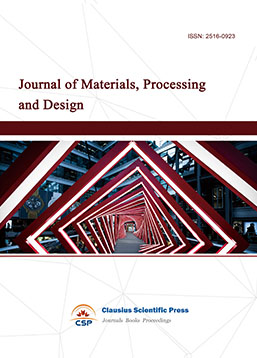
-
Metallic foams
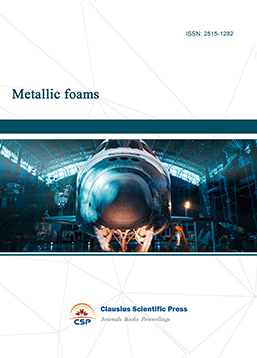
-
Smart Structures, Materials and Systems

-
Chemistry and Physics of Polymers
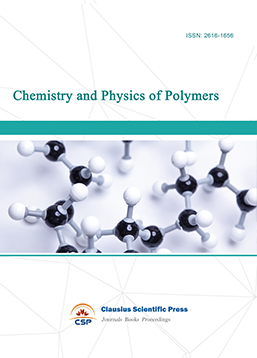
-
Analytical Chemistry: A Journal
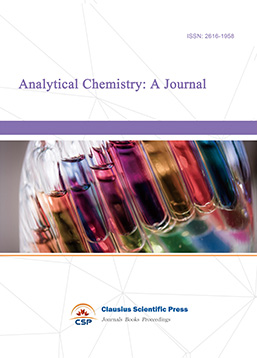
-
Modern Physical Chemistry Research
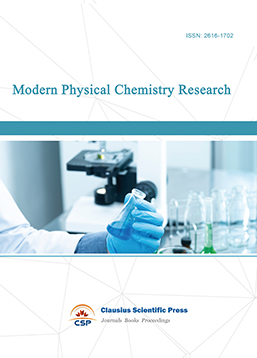
-
Inorganic Chemistry: A Journal

-
Organic Chemistry: A Journal
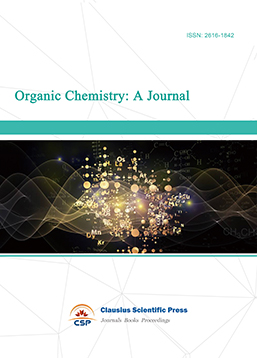
-
Progress in Materials Chemistry and Physics

-
Transactions on Industrial Catalysis
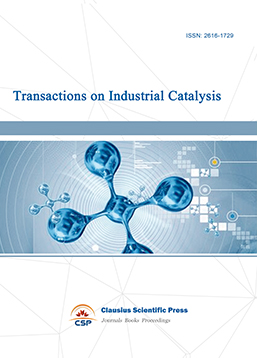
-
Fuels and Combustion

-
Casting, Welding and Solidification
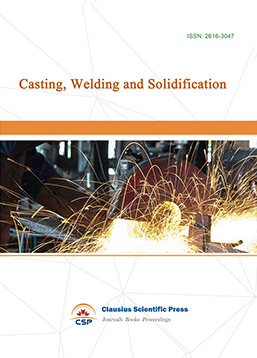
-
Journal of Membrane Technology
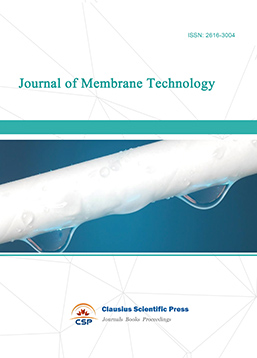
-
Journal of Heat Treatment and Surface Engineering
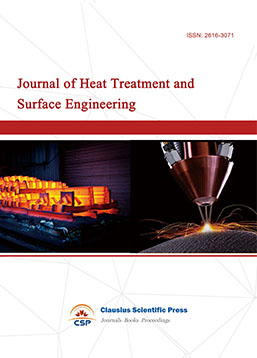
-
Trends in Biochemical Engineering

-
Ceramic and Glass Technology

-
Transactions on Metals and Alloys
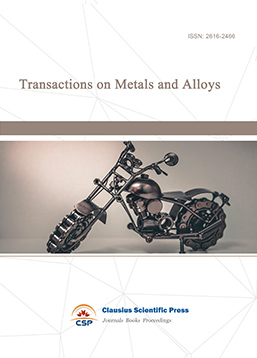
-
High Performance Structures and Materials
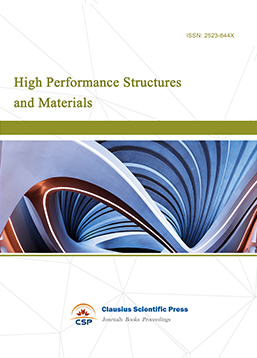
-
Rheology Letters

-
Plasticity Frontiers

-
Corrosion and Wear of Materials

-
Fluids, Heat and Mass Transfer

-
International Journal of Geochemistry
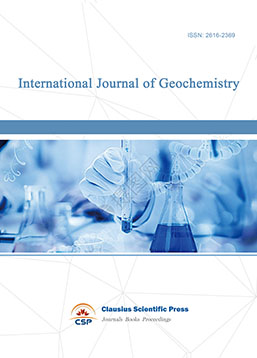
-
Diamond and Carbon Materials
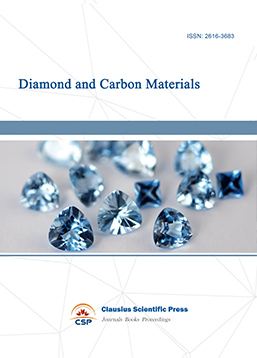
-
Advances in Magnetism and Magnetic Materials
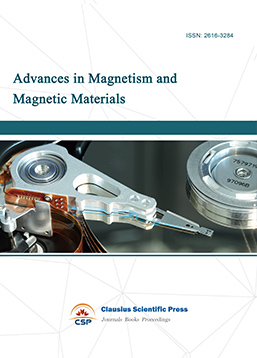
-
Advances in Fuel Cell

-
Journal of Biomaterials and Biomechanics
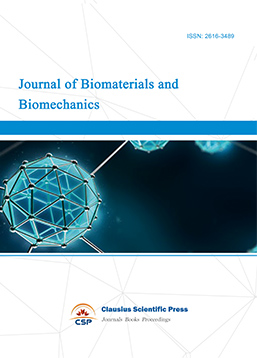

 Download as PDF
Download as PDF